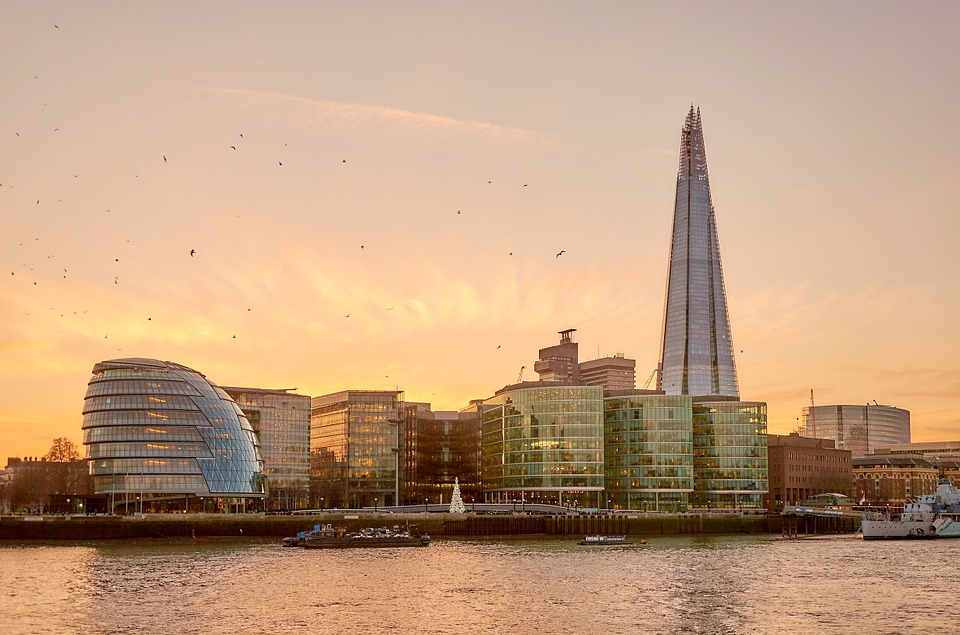At a time of political and market turbulence in the UK, there is one area where we’ve seen relative stability. Commercial real estate data in recent months has been fairly constant, with no significant changes to the outlook.
The returns for commercial real estate have remained disappointing relative to recent years, yet there has been some comfort in the lack of surprises from the sector. It’s been reliably disinteresting.
UK commercial real estate has delivered capital value appreciation of 1.9 per cent this year, for a six-month total return of 4.5 per cent. For the rest of 2018, we see potential for capital values to modestly increase, though rental income will most likely make up the largest share of return delivered to investors.
Looking ahead, we expect slightly weaker performance next year. The Investment Property Forum consensus suggests that capital values will decline 1.4 per cent next year, with London offices down 1.2 per cent.
We consider these forecasts reasonable given the slowing economic backdrop in the UK, wavering demand for UK commercial real estate, and a supply increase. The data, then, looks fairly benign.
Yet there are a number of downside risks which have been bubbling under the surface – and investors would be wise to keep an eye on these.
Factors we’d put on risk watch include the UK interest rate environment, sterling strength, and Brexit negotiations. These macro factors could skew the outlook.
Investors should ask themselves the following questions.
Are UK interest rates back?
Interest rates have always been a key consideration for real estate investors, yet the lack of movement during the past decade has put them at the bottom of the priority list.
Real estate is heavily debt-financed, so the cost of debt is an important factor when considering profitability from the sector.
In August, we saw interest rates rise above 0.75 per cent for the first time in 10 years. While our base case is that we will see no Bank of England rate hikes in the near future, a change in economic fundamentals could cause the Bank of England to hike.
Further interest rate hikes cannot be ruled out altogether, and if sustained, could jeopardise capital values – particularly if rates rise against a weakening rental outlook.
Could sterling’s strength return?
Sterling strength is another key consideration. Brexit negotiations in particular can cause spikes and dips in the currency.
Michel Barnier’s comments that the European Union wants to keep close ties with the UK proved just this. His words triggered market optimism about the potential for a positive Brexit deal and caused the pound to move higher.
The referendum result weakened the pound, which has actually boosted international demand for UK commercial real estate. If the pound strengthens over the longer term, this could curb this demand and pose a risk to the outlook.
International investors accounted for over 70 per cent of purchases in the second quarter of 2018, according to Cushman & Wakefield – so this would be a significant loss.
Will uncertainty persist?
Brexit uncertainty has dragged on longer than most hoped and expected. If this continues, we could see increased relocations for some financial services.
Initial scaremongering of a mass exodus from the UK is likely unfounded, but continued uncertainty or a hard Brexit could change the picture.
Brexit uncertainty is also dragging on UK GDP. If it markedly lowers the outlook, total returns from UK commercial real estate are likely to suffer.
While we’re not as doom and gloom in our outlook on Brexit as many, it should be factored into investment considerations at the current juncture.
These risks are present but should not deter investment altogether.
Looking ahead, it is likely that rental income will offer the most potential in returns for investors in commercial real estate.
Since the previous capital peak for the sector, prior to the 2007 financial crash, commercial has delivered an average annual total return of nine per cent for investors. This can be crudely broken down into the return derived from the rental income and the growth in capital value of the property itself.
In our view, capital growth is unlikely to contribute markedly to the total return for investors in commercial real estate in the foreseeable future. It is the rental income which investors should focus on.
For investors in the current environment, then, it would be prudent to focus on quality assets and sound leases when investing in the sector.
Commercial real estate continues to offer some opportunity for long-term investors, yet downside risks must be noted.
Data may have led to many yawns in recent months, but we should not take the constants for granted. Keeping an eye on risks will help avoid any nasty surprises.
Source: City A.M.

